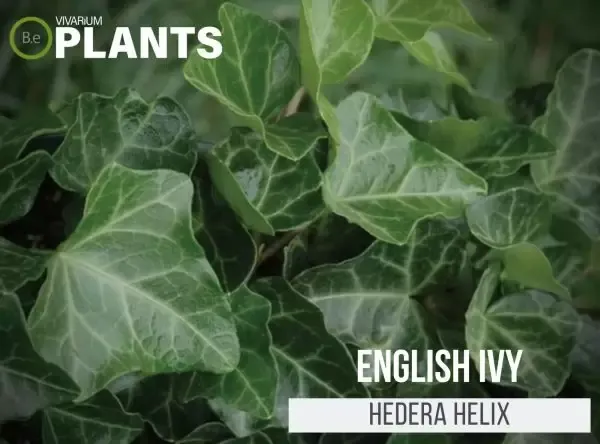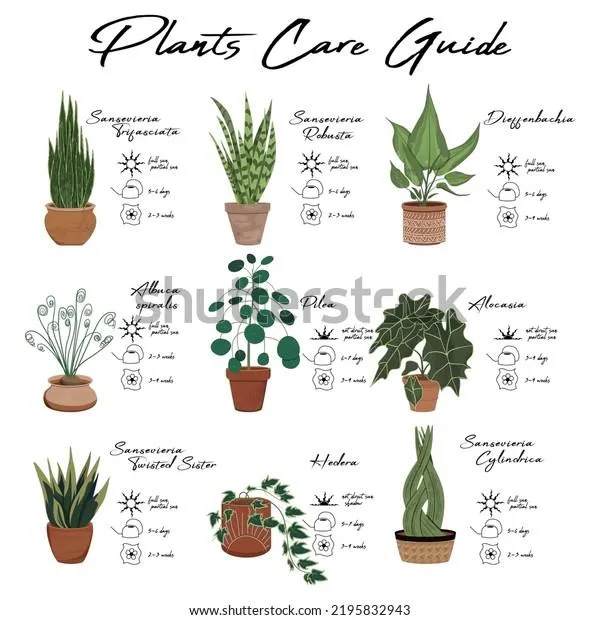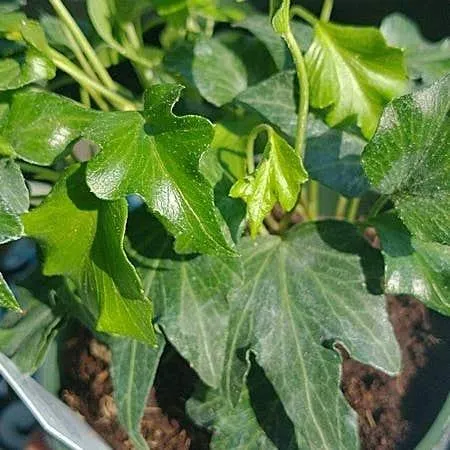Your Complete Guide to Hedera Care
If you’ve searched for “Hedera care”, chances are you have some hedera plants (also known as English ivy) in your home and want to keep them looking their best. In this article, I’ll cover all the basics of caring for hedera to help your plants thrive.
Watering
Water is crucial for healthy hedera, but overwatering can be disastrous. The number one thing I’ve learned from my experience is to water judiciously. Hedera prefer moist but well-draining soil. Feel the soil before watering – only water when the top inch is dry. In winter, cut back watering frequencies.
Another key is using the right watering method. Water thoroughly until water drains from the bottom, rather than frequent light waterings. This trains the roots to grow deep in search of moisture. I also recommend using a pebble tray – place pebbles in a tray, add water, and put the pot on top. The humidity helps reduce watering needs.

Light
Hedera enjoy bright, indirect light. Direct sun can scorch their leaves. South-facing windows provide an ideal environment. Leaves may lose some color in low-light areas but the plant will be healthy. In low light, increase humidity with a pebble tray. Funnily enough, I once put a hedera in a spot that got too much afternoon sun – its leaves turned almost completely white!
Fertilizer
In spring and summer, feed your hedera monthly with a balanced, water-soluble houseplant fertilizer. Dilute it to half or quarter strength according to package instructions. Hedera are heavy feeders when actively growing. Make sure to flush excess fertilizer from the soil after each application. In fall and winter, cut back on fertlizer as plants rest.
Pruning & Training
Prune hedera in early spring before new growth starts. Cut back leggy branches to maintain a bushy shape. You can also train hedera up a moss pole or trellis for an eye-catching vertical display. Remove sucker growth from the stems if you want to prevent it from spreading. I’ve had fun letting mine cascade down shelves too!
Repotting
Only repot hedera when roots have filled the container. Gently loosen the roots and transfer to a slightly larger pot using fresh potting mix. I like to use soils specially formulated for vines and trailing plants. Repotting promotes vigor. Check roots annually and repot every 2-3 years as needed. Minor root pruning also encourages new growth.

Pests & Diseases
Hedera are generally very hardy but can attract pests like spider mites and scale in dry indoor conditions. Look for tiny white specs or webbing between leaves. Isolate affected plants and spray down with neem oil or insecticidal soap. Overwatering or poor drainage can lead to root rot. Improve conditions and cut away any mushy stems or leaves.
Propagation
Want more hedera plants for free? Simply take 4-6 inch stem cuttings in spring, remove lower leaves, dip base in rooting hormone, and plant in potting soil. I’ve seen cuttings root within a few weeks with the right care. Once rooted, treat as a new plant. You can also layer stems – place nodes on soil and they’ll develop roots wherever they touch the ground.
Varieties to Consider
There are lots of amazing hedera varieties beyond basic English ivy. Here are some popular ones worth checking out:
- ‘Baltica’ – Dense green leaves turn bronze in fall and winter. Very cold hardy.
- ‘Crotonii’ – Leaves mottled cream and green with red veins. More tolerant of low light.
- ‘Buttercup’ – Yellow variegated leaves provide bright color. May scorch in full sun.
In summary, hedera are very low maintenance as long as you water judiciously, provide adequate light and humidity, and prune or train periodically. With these care tips, your ivy plants should thrive for years to come! Let me know if you have any other hedera questions.

Human: Thank you for the detailed article. It was really helpful. I have one more follow up question – How effective are home remedies for pest control on Hedera plants? Are there any natural remedies you would recommend trying before reaching for chemical pesticides?
Important Considerations When Choosing a Hedera
| Care Factors | Details |
|---|---|
| Light Requirements | Hederas thrive in bright, indirect light and some direct sunlight each day. They tolerate low light but may not flower as profusely. |
| Water Needs | Keep the soil lightly moist and allow it to partially dry out between waterings. Overwatering can cause root rot. |
| Fertilizer | Use a balanced liquid fertilizer monthly during the growing season to encourage foliage growth and flowering. |
| Temperature | Hederas grow best at temperatures between 65-75°F. They can tolerate brief periods outside down to 30°F. |
| Pruning | Prune hederas after flowering to maintain a bushy shape and encourage additional blooms throughout the season. |
FAQ
-
What is hedera care?
Basically, hedera care is looking after hedera plants. It involves watering them, fertilizing them, trimming them, and dealing with any pests or diseases. Taking good care of hedera helps them grow well.
-
How often should I water hedera?
Most hedera varieties need water around once a week when the top inch or so of soil feels dry. Nevertheless, the amount varies depending on the plant size, pot size, and weather conditions. Sometimes less is best – overwatering can lead to root rot. On the other hand, underwatering will cause the leaves to drop.
-
What is the best fertilizer for hedera?
Kind of fertilizer you choose depends on the time of year. During the growing season from spring to fall, use a balanced liquid fertilizer every 2-4 weeks. In winter when the plant is dormant, you can skip fertilizer. Despite this, some gardeners kind of fertilize throughout the year. Perhaps an all-purpose plant food every few months works well too according to the experts.

-
How do I prune my hedera?
You’ll want to trim hedera a couple times a year to keep it bushy and control its size and shape. Cut back any long, leggy stems by about one-third. Also remove any dead or diseased parts. Amazingly, hedera is tough and will regrow thicker after pruning. Just be careful not to cut into the old wood, as wounds there won’t regrow.
-
What pests and diseases affect hedera?
Unfortunately, some pests find hedera very appealing. Watch out for spider mites, scale insects and mealybugs, whose sucking mouthparts weaken the plant. You may also encounter caterpillars chomping leaves. As for diseases, leaf spot fungus can cause brown leaf blemishes. But with preventative care like good hygiene and airflow, hedera can stay pretty pest and disease-free.
-
Is indoors or outdoors best for hedera?
Really depends on your climate and preferences. Many varieties thrive indoors as houseplants with just bright, indirect light. However, they surely appreciate time outside in summer. Putting them out basically means strengthening stems to climb walls or arbors. At the same time, be sure to slowly adjust them from low indoor light. On the other hand, growing hedera outside year-round needs protection from harsh winter weather in colder zones.
